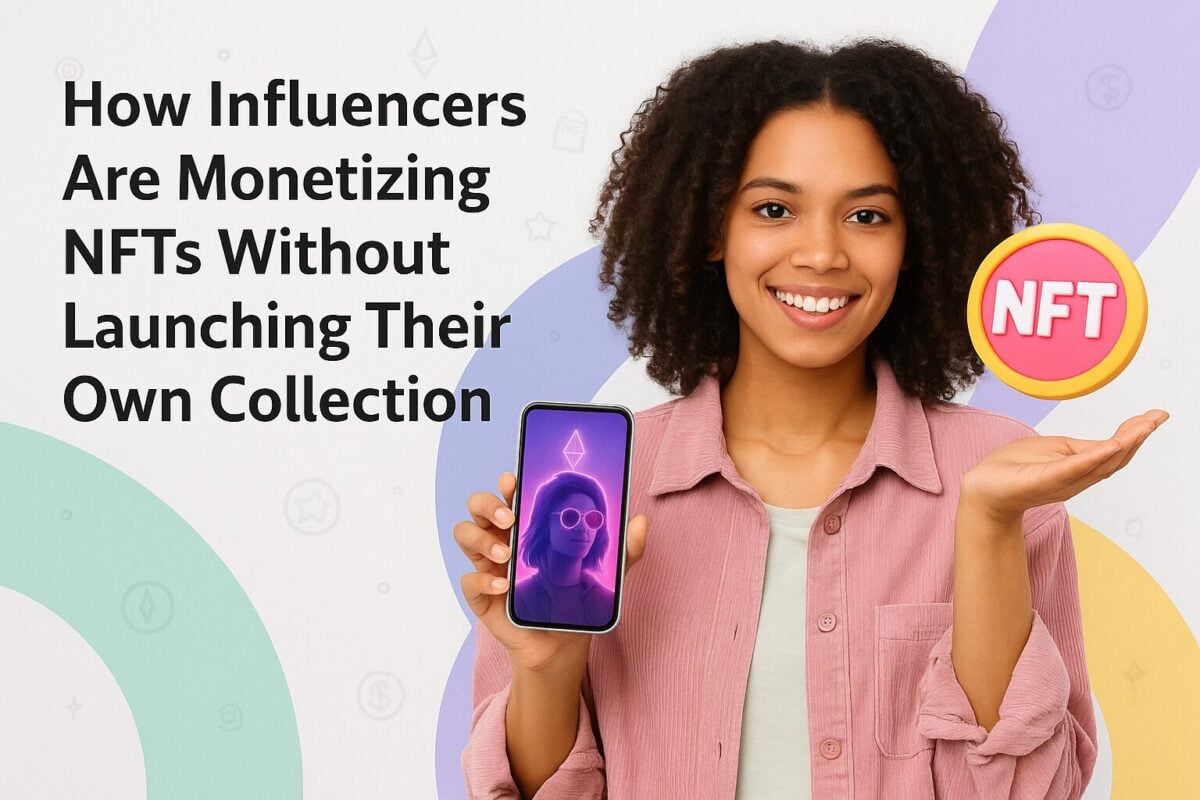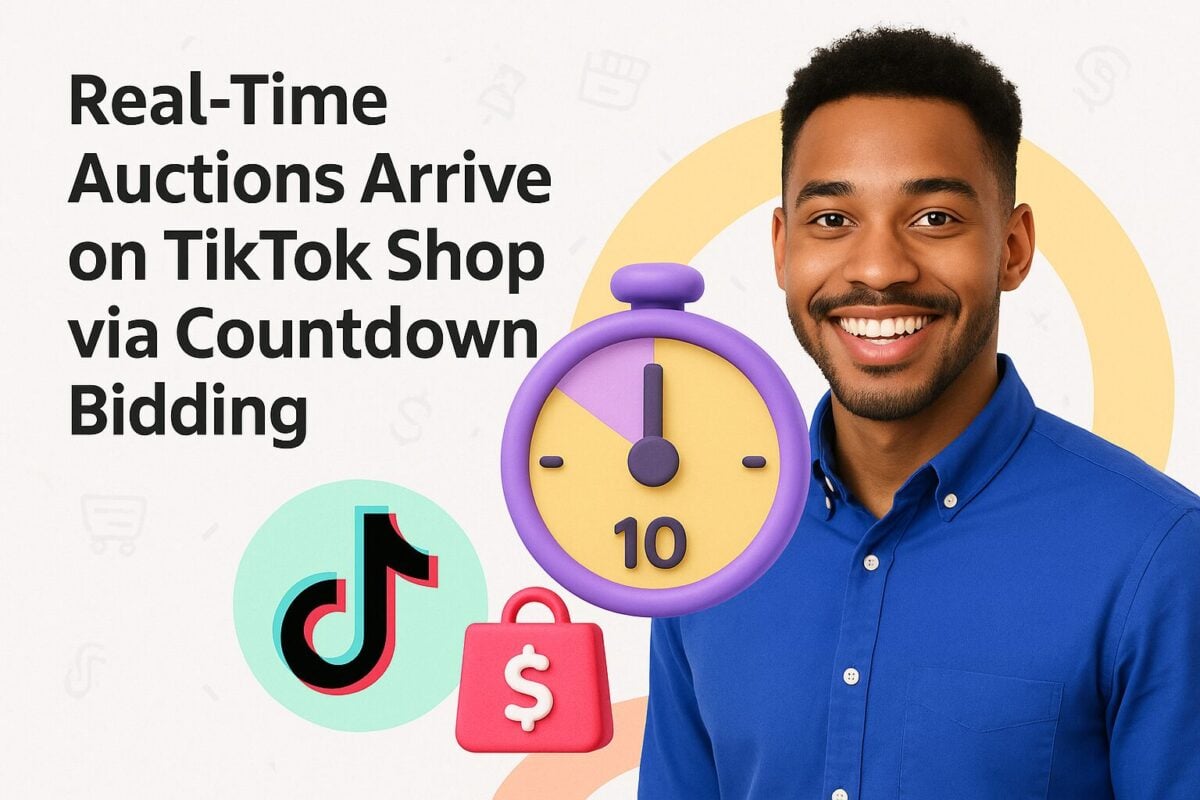Customer lifetime value (CLV) is a form of measurement that determines the overall expected worth of a specific customer to your company. It’s considered a key statistic in designing the customer experience journey and should be considered when mapping out a customer’s journey with you, such as when evaluating your marketing funnel.
Why is Customer Lifetime Value Important?
CLV, or lifetime value (LTV), helps you plan your budget better by measuring how valuable your customers are to your business based on the whole period of their relationship with you, instead of basing it on just one purchase. It takes into consideration how much it costs to acquire a customer (also known as customer acquisition costs or CAC), your business’s current sales and marketing costs, product or service manufacturing costs, and operational expenses.
Because it’s a given that it costs less to keep existing customers as opposed to acquiring new ones, increasing your CLV is an effective way to drive your business’s growth at a lower cost. While some companies will take a short-term perspective and prefer to optimize towards generating a single sale from a customer at a time, it should be noted that maximizing the value of your current customers is just as essential as well as viable.
Studies have shown that high customer retention rates create a direct, positive impact to your overall business profits. The more loyal and consistently returning customers you have, the higher your profit margins will be compared to if you instead focused on getting more new customers.
Keep in mind that CLV is different from Customer Satisfaction (CSAT), which is a more intangible value, and the Net Promoter Score (NPS), which measures the likelihood your customers will recommend you to potential new customers like friends and family members.
How to Calculate for Customer lifetime value
The CLV is a financial projection that will need you to make informed assumptions and estimations to arrive at a result. These assumptions should be based on historical customer data, such as the average number of transactions, the average value of a sale, and the duration of your average customer’s relationship with your business. The more historical data to draw from, the more accurate your projection will be.
However, this also scales—and the bigger the company, the harder and more complicated it gets to compute CLV. This is often why larger companies, whose departments and systems are usually fragmented and whose marketing strategies aren’t always targeted, forgo measuring CLV at all and instead choose to focus on generating new sales.
If data can be integrated though, calculating is much easier and can be measured through the following formula:
Customer lifetime value = Lifetime value x Profit Margin
Where:
Customer lifetime value = average sale value x number of transactions per year x expected retention period (in years) x profit margin
You will notice that lifetime value does not include operational expenses like overhead, as well as manufacturing costs that determine how much it takes to make your product or perform your service. Other expenses also include marketing, advertising and administrative costs. These are considered separately to arrive at the profit margin value, which is a percentage.
To better illustrate these values, let’s calculate the lifetime value of a customer at a hypothetical coffee shop as an example.
This coffee shop has an average sale of 2 USD, and their average customer buys from them instead of other coffee shops at least once a month for a total of 12 transactions in a year. Based on historical data, the usual customer will keep buying from them for around 2 years.
We can then compute this coffee shop’s customer’s lifetime value this way:
Lifetime value = 2 USD x 12 x 2 = 48 USD
Now, let’s assume that after computing the expenses of the coffee shop, their profit margin is 20%. We then compute as follows:
Customer lifetime value = 48 USD x 20% = 9.6 USD
You can now work with this number to project cash flow and decide how many customers you need to retain or reach to get your desired profit margin. Retention can be achieved through dedicated customer service and being attentive to their needs past the first point of sale.


